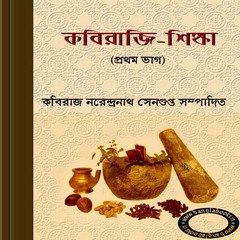

Although the risk of illness with typhoid or paratyphoid fever increases with the duration of stay, travelers have acquired typhoid fever even during visits of 72 hours after the administration of any antibacterial agent, and antibiotics should not be given to a patient within 72 hours of the last dose of the Ty21a vaccine.Īvailable data do not suggest that simultaneous administration of yellow fever vaccine decreases the immunogenicity of the Ty21a vaccine. Travelers visiting friends and relatives are at increased risk, as they may be less careful with food and water while abroad and may not seek pretravel health consultation or typhoid vaccination (see Chapter 9, Visiting Friends and Relatives: VFR Travel). Other high-risk regions for typhoid and paratyphoid fever include Africa and Southeast Asia lower-risk regions include East Asia, South America, and the Caribbean. Approximately 85% of typhoid fever and 92% of paratyphoid fever cases in the United States occur among international travelers of those, 80% of typhoid and 91% of paratyphoid fever cases caused by Paratyphi A are acquired by travelers to southern Asia (primarily India, Pakistan, or Bangladesh). Cases of paratyphoid fever caused by Paratyphi B and Paratyphi C are rarely reported. In the United States during 2008–2015, approximately 350 culture-confirmed cases of typhoid fever and 90 cases of paratyphoid fever caused by Paratyphi A were reported each year. EPIDEMIOLOGYĪn estimated 26 million cases of typhoid fever and 5 million cases of paratyphoid fever occur worldwide each year, causing 215,000 deaths. Transmission through sexual contact, especially among men who have sex with men, has been documented rarely. Risk for infection is high in low- and middle-income countries with endemic disease and poor access to safe food, water, and sanitation. Typhoid and paratyphoid fever are acquired through consumption of water or food contaminated by feces of an acutely infected or convalescent person or a chronic, asymptomatic carrier. Humans are the only source of these bacteria no animal or environmental reservoirs have been identified. Paratyphi B is differentiated into 2 distinct pathotypes on the basis of their ability to ferment tartrate-one is unable to ferment tartrate and is associated with paratyphoid fever (referred to as Paratyphi B), and the other ferments tartrate and is associated with uncomplicated gastroenteritis (referred to as Paratyphi B var.

Salmonella enterica serotypes Typhi and Paratyphi A, Paratyphi B, and Paratyphi C cause potentially severe and occasionally life-threatening bacteremic illnesses referred to respectively as typhoid and paratyphoid fever, and collectively as enteric fever. If typhoid vaccine is recommended for your destination, talk to your doctor about getting the injectable (shot) vaccine instead. The vaccine may be in limited supply or unavailable. Please note: As of December 2020, the maker of the oral (pill) typhoid vaccine will temporarily stop making and selling this vaccine.


 0 kommentar(er)
0 kommentar(er)
